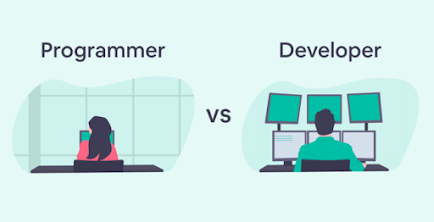Best Jobs In Software Engineering Field
by Muhammad Asif | Web developer
At first, take my greetings💥. What's up, everyone? Today I will talk about the different roles of software engineers. Many of us think that software engineers only make software. But this idea is completely wrong. So let's take a look at what kind of work a software engineer does😁😁.

1. SDE: The full meaning of SDE is Software Development Engineer. Hearing the name of the title, you can understand what kind of work this person is doing. Yes, this person is responsible for creating software. SDEs are usually not specified what they will do. In other words, sometimes they need to do web, sometimes they need to do mobile dive, sometimes they need to work with the desktop app and sometimes they need to work with the cross-platform app. In other words, they are an all-Janata service😊.
2. QA/QAE: The full meaning of QAE is Quality Assurance Engineer. We call this gentleman Tester for short. Usually, an SDE developer hands over the project to a QAE after creating its software. He then looks at the project requirements and writes some test cases accordingly. Then check that software with this test case. If he finds a bug, he knocks SDE again and tells him that the bug is verbal and that it should be fixed. And this loop lasts until QAE declares the software to be OK😁😁
3. SDET: This position is a combination of the above 2 positions. This person is also an SDE, but the funny thing is that this person has a bit more responsibility than a normal SDE. The full meaning of this is Software Development Engineer in Testing. A simple SDE only builds software but an SDET has to test as well as build software😌.
4.DevOps: DevOps This word is a combination of 2 words. 1. Development and 2. Operations. We don't just have to create software, we have to bring that software to life, that is, we have to deploy it somewhere. Or if the software has already been created and a new feature is launched, then it is the responsibility of a DevOps Engineer to ensure that it is properly deployed. We, software engineers, try to follow a principle, which is CI / CD. A DevOps Engineer is responsible for maintaining the CI / CD rules. But it is not enough to just sit down and deploy, a DevOps has to maintain these🥰.
8. AI/ML Engineer: The full meaning of AI is Artificial Intelligence and the full meaning of ML is Machine Learning. I think beginners are more interested in this topic. So I said nothing more about it. You Google it. 😁😁😁
If you like the article, make a short comment. Thanks.
Assalamu Alaikum










